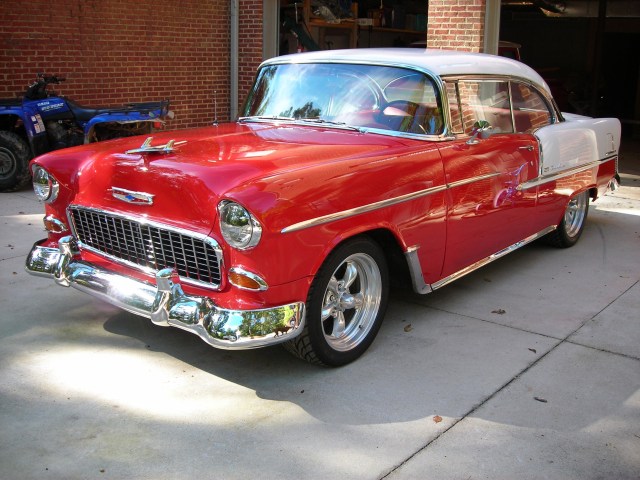Collector Auto Insurance: A History of Buick
Collector Auto Insurance: A History of Buick
Founded in 1903 as the Buick Motor Division, of the Buick Auto-Vim and Power Company, Buick proudly claims its repute as the oldest American auto-brand still active in the industry. The automakers struggled through their first year of production and recovered from near-bankruptcy in 1904 to become the most productive automaker of 1908, manufacturing more vehicles that year than both Ford and Cadillac combined which were Buick’s closest competitors. Originally, Buicks were designed and built to simulate the feeling and comfort of being in a modern American living room, which earned them the nickname the “moving couch of America”. Known for their large spacious interiors and opulent body styling, Buick’s became incredibly popular with the wealthy, especially with British royalty. After the war, Buick expanded its facilities and production rapidly increased as did sales.
In 1908, the original Buick Motor Company became the first cornerstone of the General Motors Company (GM). Buick’s former general manager William Durant and Buick auto-racer Louis Cheverolet founded GM. Durant had lead Buick to become the largest car maker in America at the time and from these efforts he began buying up other American automakers to form the megacorporation General Motors. Durant had a dream for GM that would allow each division to target one class of buyer and focus their efforts on appealing to that demographic instead of competing amongst each other. Buicks was and still remains the second of the top tier of Gm vehicle brands, second only to Cadillac. To Durant, the deal Buick customer would be comfortably well off, and searching for a more refined and less ostentations vehicle than the Cadillac line up.
Buick was always on the cutting edge of vehicle design and style. The first Buick made for sale was the 1904 Model B, only 37 of these Buicks were made that yea however none of the originals survived. The automakers would go on the use the Model B as a the basis for subsequent models through the 1909 Model F, and historians and experts suggests that the original 1904 engine was optimally engineered even to modern standards. Production picked up thorough the 1920’s, increasing to over 260,000 vehicles being crafted and distributed to countries around the world in 1926 alone. In 1939 Buick pioneered the use of turn signals in their vehicles, which did not appear on as a feature in other American auto brands until nearly a decade later. In1939, all Buick models became equipped with automatic spark advance and had a mounted shift lever affixed to the steering column.
During World War I Buick built Liberty aircraft engines and Red Cross ambulances. When called upon again in World War II, the auto maker turned to building aircraft engines, Hellcat tank destroyers and other military goods. Buick was awarded more than 30 separate military contracts and Buick-built goods could be found at virtually every fighting front.
The Roadmaster models became one of the pillars of Buick success, due largely to new engineering and styling innovation. They remain some of the most cherished collectable Buick models in auctions today. Buick’s famous vertical-pillar “toothy” grille was first introduced in 1942, and increased in size and prominence during the post-war era becoming a signature stylistic element of many new Buick models. “Hardtop convertible” styling was introduced on the 1949 Roadmaster Riviera. Buick’s famous “portholes” came along that same year. The Roadmaster was so successful that it was reprised in the 1990’s.
At Condon Skelly, we know how exciting collecting exotic, classic and sports cars can be. That’s why we specialize in offering complete collector auto insurance solutions. We’re a group of collectors, enthusiasts, and professionals who specialize in insuring all types of collector vehicles. Our team is as passionate about protecting your vehicles as you are about collecting them. We can help you secure affordable, industry-leading classic car insurance coverage to protect your classic, antique, or collectable vehicles. For more information, contact our collector auto insurance specialists today at (866) 291-5694.








